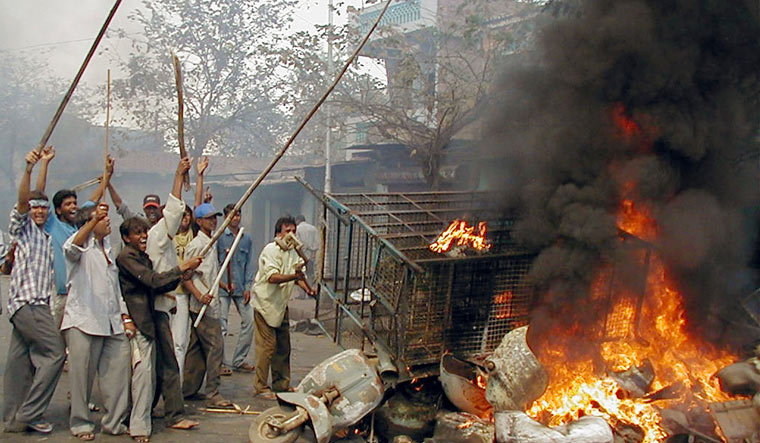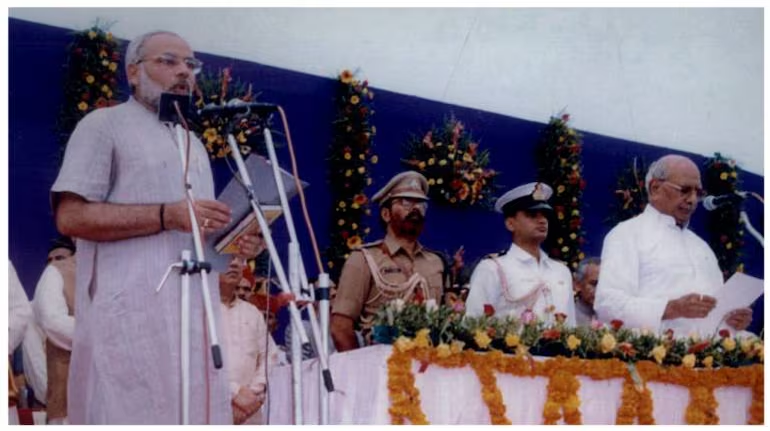
Prime Minister Narendra Modi’s Major Development Projects: Transforming India’s Infrastructure and Economy
Prime Minister Narendra Modi’s administration has spearheaded numerous transformative development projects across India, with a strong focus on infrastructure, transportation, urban development, and strategic connectivity. These initiatives aim to enhance economic growth, improve public services, and position India as a global leader in modern infrastructure. Below are some of the most significant projects undertaken during Modi’s tenure.
1. Namo Bharat Corridor: Revolutionizing Urban Mobility
In January 2025, Prime Minister Modi inaugurated the Namo Bharat corridor between Sahibabad and New Ashok Nagar in Delhi, marking the city’s first Namo Bharat connectivity. This corridor is part of India’s broader efforts to expand its metro network, which has now surpassed 1,000 kilometers, making it one of the largest in the world.
Key Features and Impact:
- Seamless Connectivity: The corridor links major residential and commercial areas, easing daily commutes.
- Sustainability: Equipped with energy-efficient technology to minimize environmental impact.
- Economic Growth: Expected to boost real estate and commercial investments along the route.
- Enhanced Public Transport: Reduces congestion on roads, encouraging more people to use metro services.
This project aligns with the government’s vision of making urban transportation more accessible, efficient, and environmentally friendly.
2. Urban Redevelopment in Delhi: Modernizing the Capital
The Modi administration has initiated major urban redevelopment projects in Delhi, focusing on commercial and residential infrastructure.
Key Projects:
- World Trade Centre (WTC) at Nauroji Nagar: A major commercial hub designed to boost India’s global trade presence and attract investments.
- General Pool Residential Accommodation (GPRA) Type-II Quarters at Sarojini Nagar: A housing initiative aimed at providing modern residential facilities for government employees.
Impact:
- Boost to Business and Trade: The WTC will attract multinational companies and strengthen Delhi’s position as a business hub.
- Improved Living Standards: The GPRA project enhances housing facilities for government employees, ensuring a better quality of life.
- Sustainability: The projects incorporate green building techniques to promote eco-friendly urban development.
These redevelopment efforts are part of a broader strategy to modernize Delhi, making it a world-class city with robust infrastructure.
3. Central Vista Redevelopment Project: A New Administrative Capital
The Central Vista Redevelopment Project is one of the most ambitious infrastructure initiatives in Indian history, aimed at revamping the central administrative area of New Delhi.
Key Components:
- New Parliament House: A modern, triangular-shaped building with increased seating capacity to accommodate future expansions in India’s legislature.
- Kartavya Path (formerly Rajpath): A transformed ceremonial boulevard featuring better public amenities, green spaces, and pedestrian-friendly zones.
- Common Central Secretariat: A series of new buildings designed to house various government ministries, ensuring more streamlined operations.
Significance:
- Efficient Governance: The centralized secretariat will reduce bureaucratic delays and improve inter-ministerial coordination.
- Preserving Heritage: While modernizing the area, efforts have been made to retain its historical significance.
- Tourism and Public Engagement: Enhanced public spaces will attract tourists and provide better facilities for citizens.
This project is expected to be completed by 2026 and will serve as a model for administrative infrastructure worldwide.
4. Char Dham Highway Project: Strengthening Religious Tourism and Connectivity
Launched in December 2016, the Char Dham Highway Project aims to improve road connectivity to four sacred Hindu pilgrimage sites: Badrinath, Kedarnath, Gangotri, and Yamunotri in Uttarakhand.
Key Features:
- 889 Kilometers of Highways: Widening and improving national highways to facilitate smoother travel.
- Tunnels and Bridges: Infrastructure enhancements to ensure safe passage through mountainous terrain.
- Disaster Resilience: Roads designed to withstand landslides and extreme weather conditions.
Benefits:
- Tourism Growth: Easier access to pilgrimage sites will boost tourism, benefiting the local economy.
- Improved Safety: Modern roads reduce travel risks in the region.
- Enhanced Regional Development: The project brings new business opportunities for local communities.
5. Z-Morh Tunnel in Kashmir: Ensuring Year-Round Connectivity
In January 2025, Modi inaugurated the Z-Morh Tunnel, a 6.5-kilometer tunnel in Sonamarg, Kashmir, providing year-round access to the region.
Strategic Importance:
- Winter Accessibility: Keeps Sonamarg connected even during heavy snowfall.
- Boost to Tourism: Enhances Kashmir’s appeal as a tourist destination.
- Security and Defense: Strengthens connectivity to Ladakh, vital for military operations.
6. Maritime Development Fund: Strengthening India’s Shipping Industry
In February 2025, the Indian government announced the Maritime Development Fund, a ₹250 billion ($2.9 billion) initiative to boost the shipbuilding and repair industry.
Key Objectives:
- Support for Shipbuilding: Long-term financing for ship manufacturers and repair facilities.
- Global Competitiveness: Position India as a leader in maritime trade.
- Employment Generation: Thousands of new jobs expected in coastal areas.
This initiative aligns with India’s vision of becoming a self-reliant maritime powerhouse.
7. GIFT City in Gujarat: India’s Global Financial Hub
Gujarat International Finance Tec-City (GIFT City) is designed to be a global hub for financial and IT services.
Key Features:
- Special Economic Zone (SEZ): Offers significant tax benefits to attract foreign investors.
- International Financial Services Centre (IFSC): Provides a business-friendly regulatory environment.
- 700+ Organizations: Major firms like JPMorgan and HSBC have established operations here.
Economic Impact:
- Attracts Global Investments: Encourages foreign direct investment (FDI) into India’s financial sector.
- Creates High-Paying Jobs: Especially in banking, fintech, and IT services.
- Boosts India’s Position as a Financial Hub: Competes with international financial centers like Singapore and Dubai.
Conclusion
Prime Minister Narendra Modi’s administration has undertaken groundbreaking projects that are reshaping India’s infrastructure landscape. From modernizing urban centers and enhancing transportation to boosting strategic connectivity and economic growth, these initiatives reflect a forward-thinking vision for India’s future.
By focusing on sustainable development, strategic connectivity, and economic empowerment, these projects will ensure long-term progress, positioning India as a global leader in infrastructure, technology, and economic resilience.
Source Links - Press Information Bureau (PIB) – https://pib.gov.in
- Prime Minister’s Office (PMO India) – https://www.pmindia.gov.in
- Ministry of Road Transport & Highways – https://morth.nic.in
- NITI Aayog (Government Think Tank) – https://www.niti.gov.in
- Make in India (Industrial Growth Initiatives) – https://www.makeinindia.com




